New York state bans audio and video recording in court, but the rule is controversial because it makes it impossible for the public to closely follow Trump's trial.
The United States is at a historic moment, as Donald Trump becomes the first former president to be indicted and tried. The trial, which began on April 15 in Manhattan Criminal Court, New York, is expected to last until June and has attracted great attention from the media and the American public.
However, the trials are not broadcast live on the media, and only a small number of reporters are allowed to attend the court sessions without filming. After each trial, they will recount what they witnessed to the New York public in particular and the US in general. The reason for this is that New York State has one of the strictest restrictions on live court reporting.
The law restricting audio and video recording in New York courts dates back to a nearly 100-year-old rule, according to a 2022 report by the Fund for Modern Courts, an independent organization that works to reform court regulations based in New York.
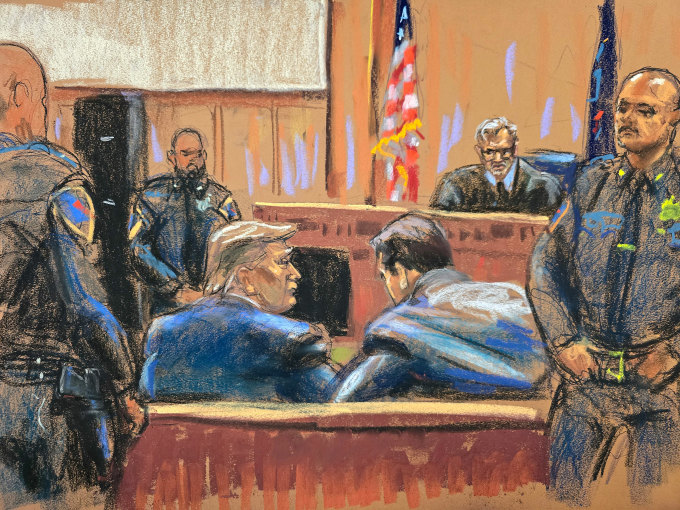
A sketch of Trump inside the Manhattan Criminal Court in New York City on April 15. Photo: Reuters
However, the courtroom was in chaos, with flashbulbs and cameras standing on the witness stand to capture dramatic moments. The presiding judge was forced to ban photography before the trial ended.
The incident raised concerns about the integrity of the judicial process, when the media was present. Two years later, the American Bar Association (ABA) published the Rules of Judicial Ethics, prohibiting live video and audio recordings of court proceedings.
According to the ABA, "taking photographs in the courtroom and reporting while the court is in session detracts from the dignity of the court and can mislead the public." In 1952, to keep up with technological developments, the code included a ban on live television coverage.
The New York State Legislature took similar action, passing Section 52 of the New York Civil Rights Act that same year. Section 52 states that no individual, corporation, association, or organization may record video, audio, or photograph proceedings in the state’s courts. Those who violate this law will be charged with a misdemeanor.
The New York legislature believes that cameras can alter the behavior of parties in criminal trials, from witnesses, lawyers to juries and judges, affecting the defendant's right to a fair trial.
Over time, the ABA regulations were gradually relaxed in many states in the US, and cameras began to be allowed in court, usually at the discretion of the judge presiding over each case. New York also added a similar Section 218 to the Judiciary Code in 1987.
A commission was established in 1995 to evaluate the effectiveness of Section 218 and recommended that New York State continue to allow greater media participation in trials to ensure openness and transparency.
However, with the defense attorney lobby still dominant at the time, New York officials decided not to renew Section 218 when it expired in June 1997.
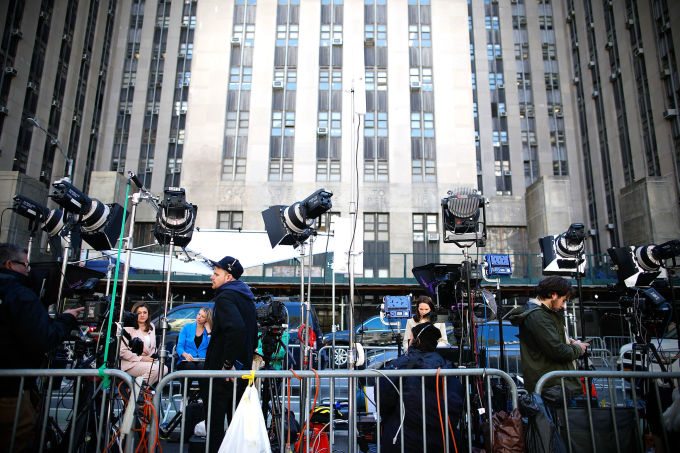
Media staff work outside the Manhattan Criminal Court in New York City on April 16. Photo: AFP
With this move, New York and Louisiana become the two remaining states in the US to continue banning cameras in court. This has caused a lot of controversy in New York public opinion, when supporters of open trials said that New York's regulation is excessive.
"We consider ourselves the media capital of the world and banning cameras from one of the three branches of government is unacceptable," said New York state senator Brad Hoylman-Sigal.
He once supported a bill that would have given New York judges the power to decide on audio and video recordings, and limit the number of cameras and photographers, but it was not passed.
“This is one of the most influential trials in modern history,” Hoylman-Sigal said, referring to Trump’s hush money case. “I think the public has a right to see what happened in the courtroom.”
Some reporters at the courthouse said Mr Trump fell asleep during the hearing, but the former president’s campaign denied the claims. With no cameras in the courtroom, the American public has no way of knowing what the truth is.
Presiding Judge Juan Merchan allowed a few photographers to take pictures of the former president in the courtroom before the trial began on April 15. When the trial began, the courtroom was filled with only artists sketching some of the proceedings. In fact, some images of the trial were still projected on a screen in the press room next to the courtroom. The room was packed with reporters, court security personnel, and some members of the public on April 15.
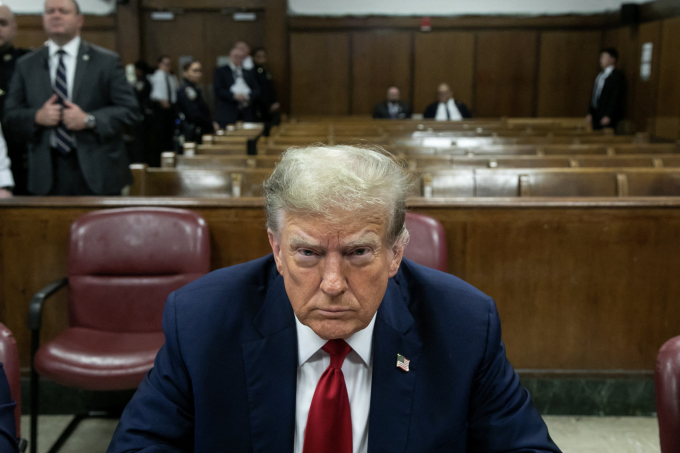
Former President Donald Trump at Manhattan Criminal Court in New York City on April 15, before the judge began his trial. Photo: AFP
A limited number of reporters were allowed to cover the proceedings in the hallway outside the courtroom, allowing parties involved in the case to speak if they wished. Without live footage from the courtroom, how often Mr. Trump addresses the media and how news organizations cover his message will have a significant impact on public perception of the case.
Commentators and experts voiced their opinions to media outlets on the ground or in studios. Fox News analyst Jonathan Turley said “most cities, at least outside of New York,” would view Trump’s trial as a weaponization of criminal justice.
In addition to New York, the former president was also indicted on charges of conspiring to overturn the election results leading to the 2021 Capitol Hill riot, interfering in the Georgia state election and illegally retaining classified documents after leaving the White House.
In Georgia, judges have the discretion to allow videotaping of trials. Presiding Judge Scott McAfee has said he will allow the hearings and related proceedings to be broadcast. The other two prosecutions are federal indictments in Washington and Florida. US federal courts do not allow videotaping of criminal trials.
Nhu Tam (According to AP, Politico )
Source link


![[Photo] Top players gather at the 2025 Nhan Dan Newspaper National Table Tennis Championship](https://vphoto.vietnam.vn/thumb/1200x675/vietnam/resource/IMAGE/2025/5/23/9ad5f6f4faf146b08335e5c446edb107)





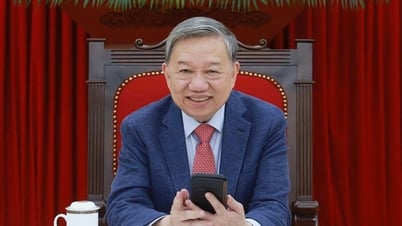

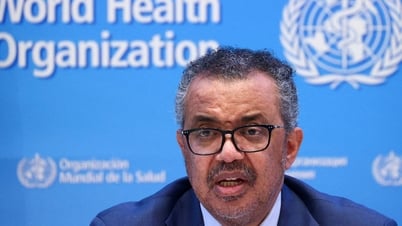

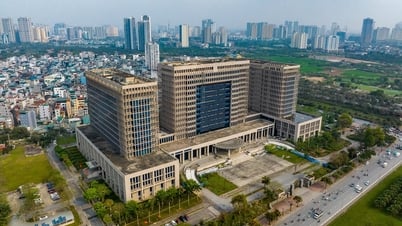



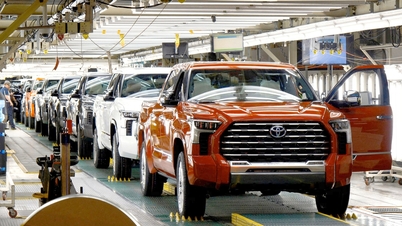
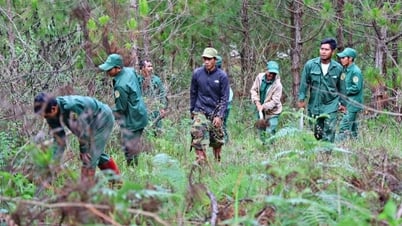

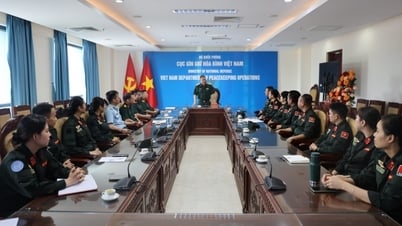
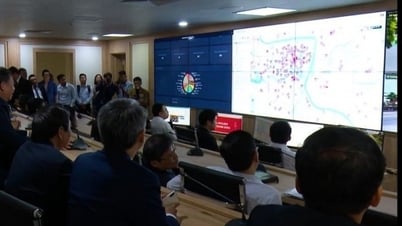
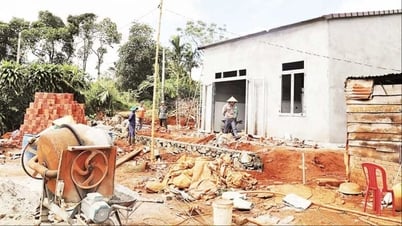
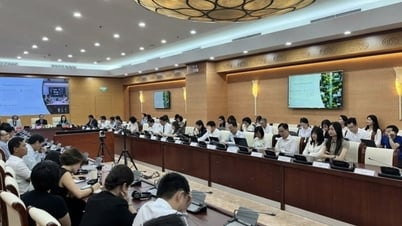
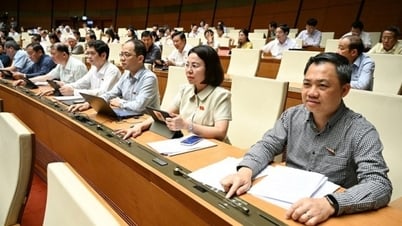





















































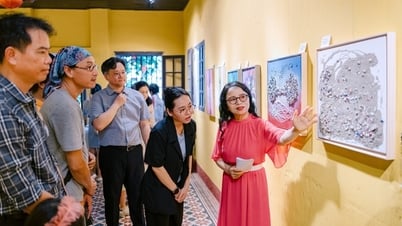







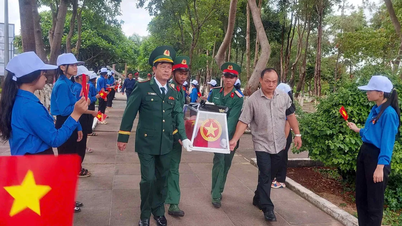
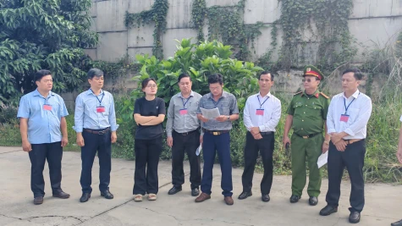













Comment (0)